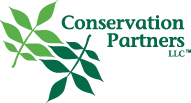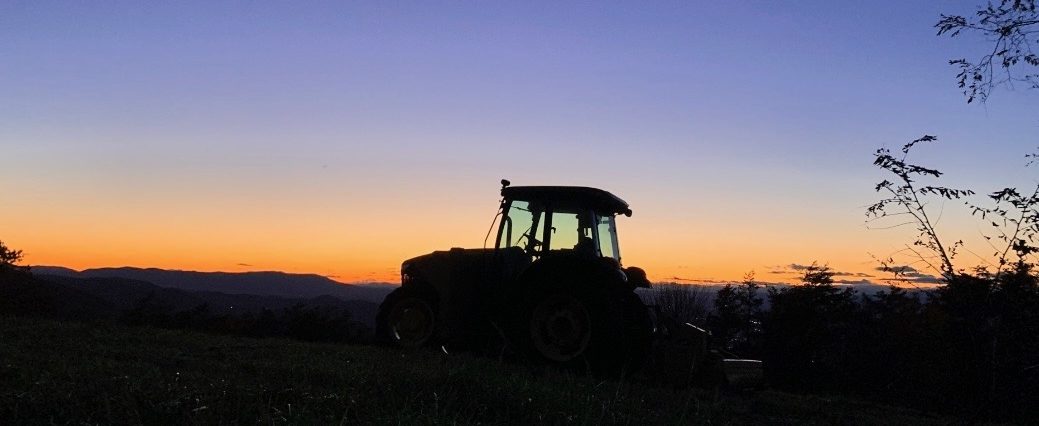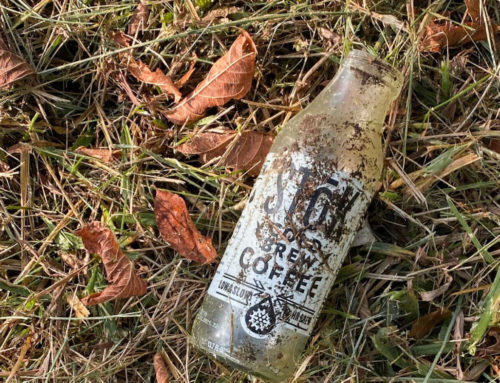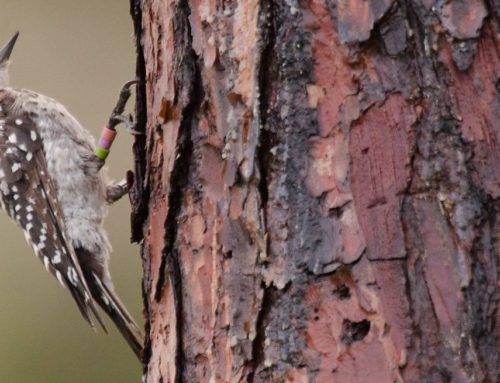The world came to a halt in 2020 when the COVID-19 pandemic began to spread quickly on a global scale. While the world grappled with the pandemic’s implications for the healthcare sector, many experts were carefully watching the effect on the global supply chains. Between recurring shutdowns and the health of employees, supply chains began to falter, and American consumers saw major shipping delays and stock outages in grocery stores across the United States.
Two years later, the supply chains are still recovering from COVID implications, but that is not all that they are battling. Droughts in the U.S. “corn-belt” and South America have already caused record-breaking, high prices in corn and soybeans according to the USDA. Now, with Russia’s invasion of Ukraine, one of the world’s largest agricultural exporters, crop prices for wheat have skyrocketed as Ukraine is at a standstill in economic trade. Amid concerns of global food shortages and inflation, Virginia’s farmers could be a major part of the solution for the United States.

Agriculture is the leading industry in the Commonwealth of Virginia, providing an economic impact of $70 billion according to the Virginia Department of Consumer Services (VDACS). In 2018, Virginia’s agricultural and forestry exports were valued at $2.97 billion with the top markets coming from Canada, China, and Switzerland. Now, Virginia agriculture may have to support other parts of the United States if growing seasons there disappoint. There is also an expected increase in demand of exports to other markets if the Russian-Ukrainian conflict is not resolved soon.
There are several large issues compromising Virginia’s farmers including urban sprawl, major spikes in fertilizer prices, and supply chain issues for equipment and materials. VDACS confirmed that in 2012, Virginia’s farmland had dwindled from its 13.5 million acres statistic in 1960 to just 8.3 million acres, and, it hasn’t stopped there. Virginia continues to lose acres every year to other land uses including low density and urban development. The American Farmland Trust released a report in 2020, “Farm Under Threat: The State of the States,” which gave a threat ranking to each state based on that state’s land conversion rate versus policies in place to protect farmland. The conclusion: Virginia’s farmland is under substantial threat.
In 2019, USDA’s Economic Research Service department noted that farm debt in the United States has continued to rise while the farm sector has continued to decline. With recent years of high interest rates, a few bad crop yields, high input costs, and lower consumer demands, many farmers have reached a critical point in their financial health. This has become especially apparent for the dairy sector in Virginia. Decreasing prices for milk over the course of several years have forced many Virginia dairy farmers to cease their farming operations or look to other means, such as agritourism, to aid in covering their expenses.
With the threat of development and financial crises looming over Virginian farmers, land conservation has become a major financial tool. Charitable donations of land and conservation easements can entitle farmers to significant tax benefits such as federal and state income tax deductions and state land preservation tax credits. The state tax credits can be sold to other Virginia taxpayers, allowing farmers to use the proceeds towards their farming operations or to help pay off debt.
For more information on conservation easements or tax benefits, please reach out to Conservation Partners at info@conservationpartnersllc.com.






